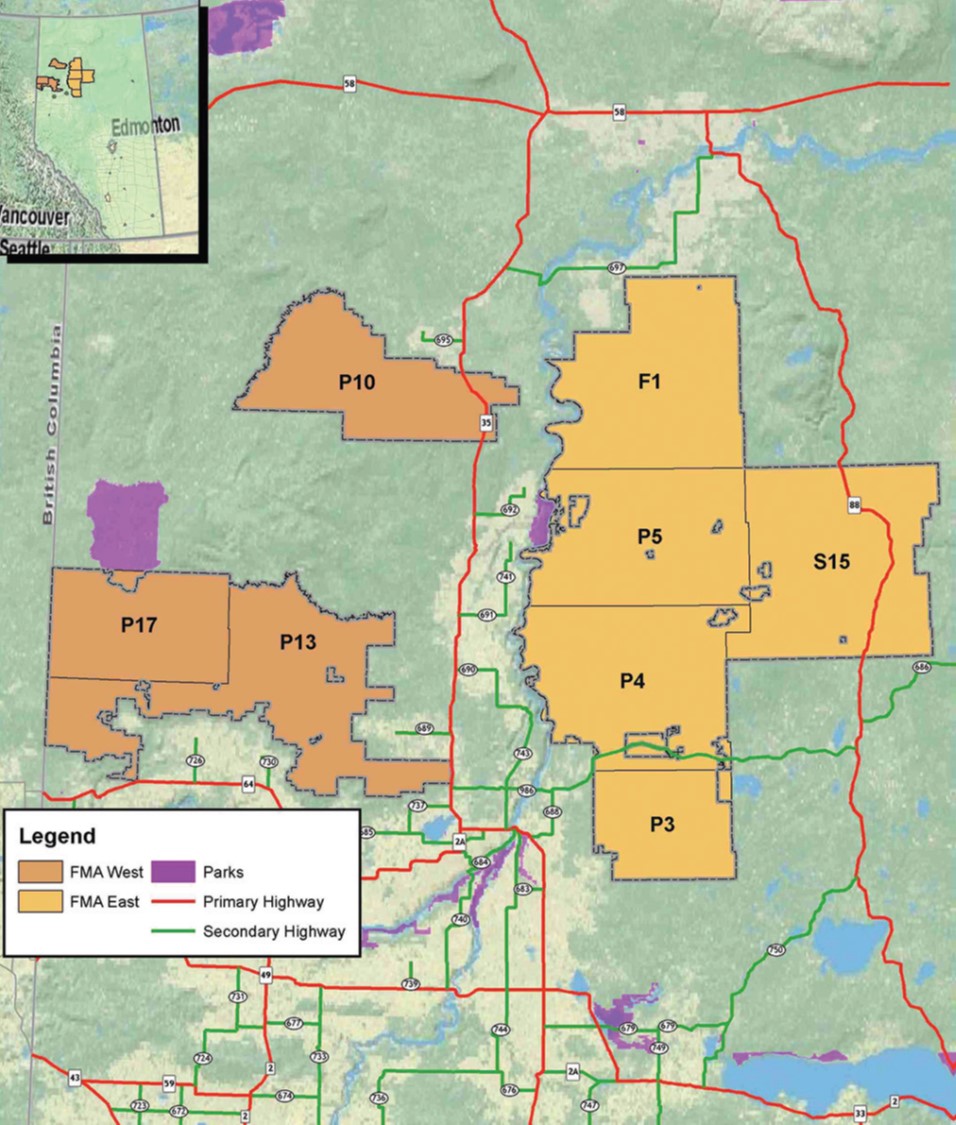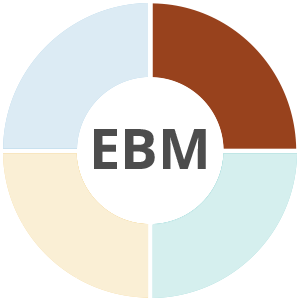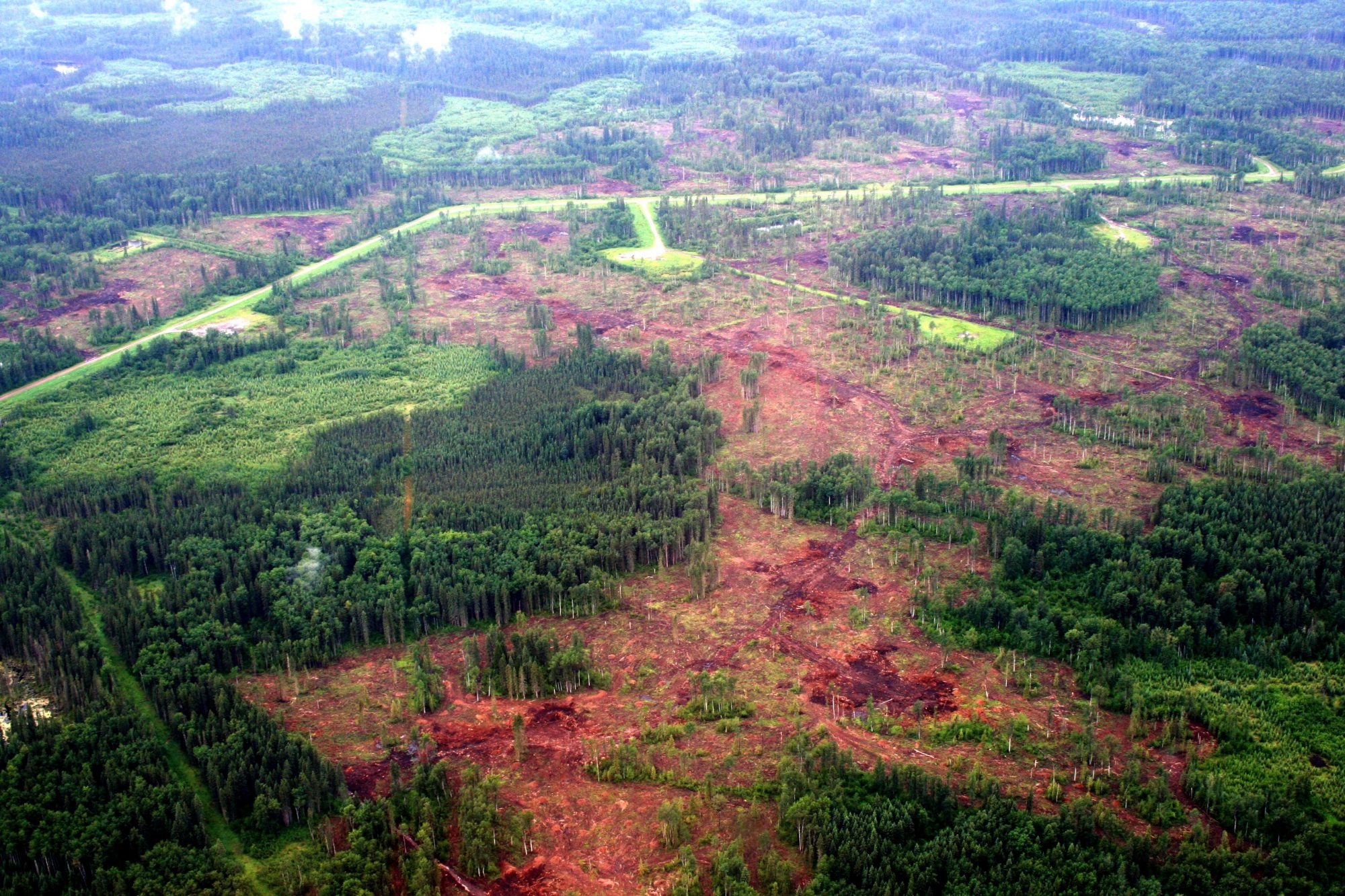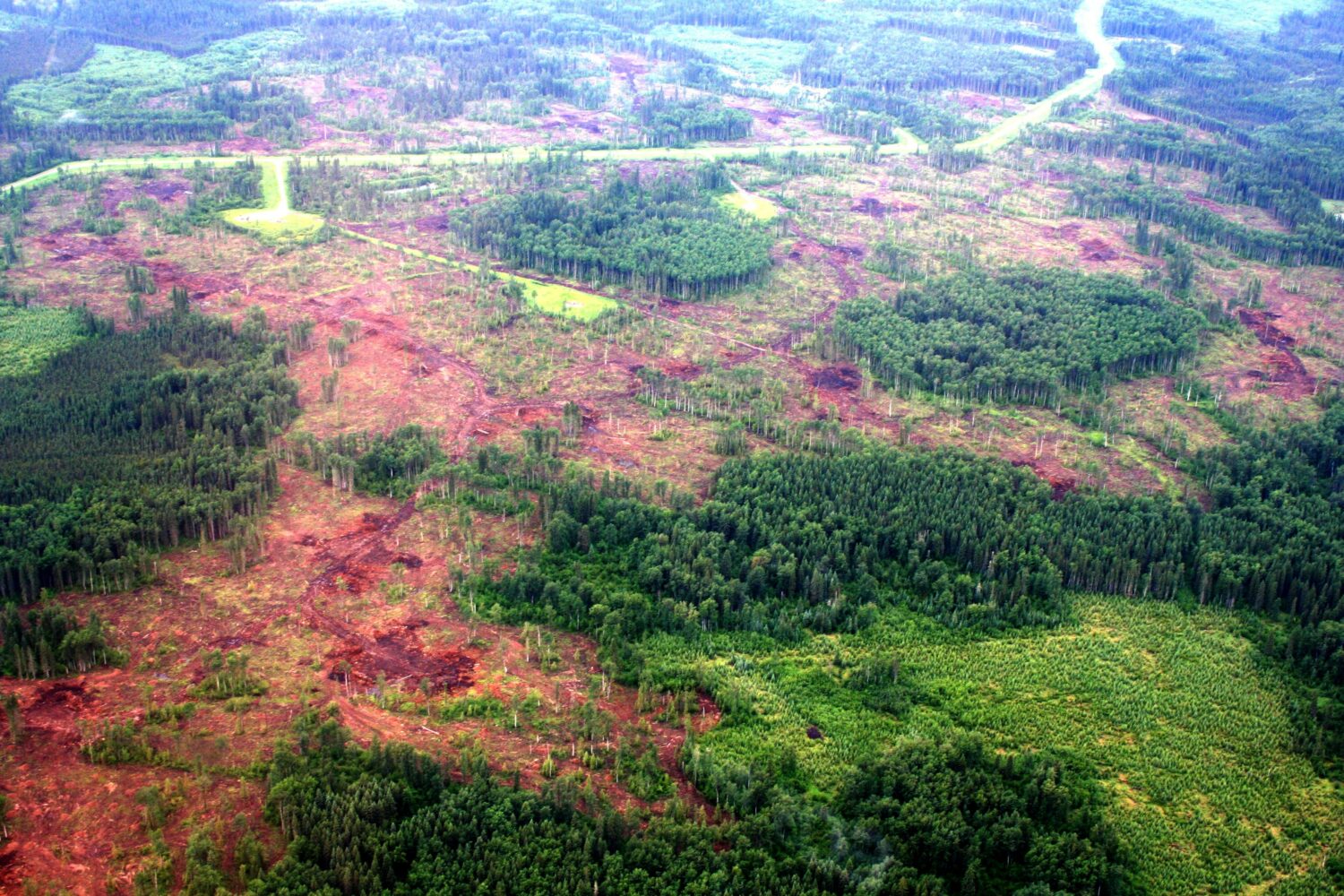Overview
Around the world, communities, sectors and companies are leading the way in Ecosystem Based Management. It is no different in the western boreal forest. Recognizing the need to identify and protect the integrity of forests in their management units, Daishowa-Marubeni International (DMI), now Mercer International, pursued a course of engagement, research and conservation planning. Their approach, to create a continuous reserve network (CRN) is leading the way for regulators to recognize the value of whole ecosystem management.

Image credit: Jim Witiw
Background
The forests of Alberta are managed through a system of long-term tenures on land units granted to private companies. By agreement with the government regulator, these companies prepare harvest plans that are focused on timber values with secondary attention paid to ecosystem integrity. Originally intended to ensure maximum timber value to companies and local communities, over the years, these agreements have been shifting towards including broader social and ecological values.
For some companies, this shift has not been happening quickly enough. DMI was such a company. Acknowledging that EBM will be a critical innovation for managing Alberta’s boreal forest, as well as recognizing that they could drive a sustainability agenda, DMI moved to shape its 2012 Forest Management Agreement with the province around EBM principles. This effort combined collaboration with Public Advisory Committees, leadership on a nation-wide Canadian Boreal Forest Agreement and participation in research at the University of Alberta EMEND site.
Innovation
What is innovative about writing plans? Usually, not much. But when a company takes it upon itself to step outside the box and plan for a future that had yet to be envisioned. The innovation of the DMI’s approach to management planning leading up to 2012 was the recognition that the regulations that governed them did not go far enough to effectively manage the ecosystem.
Discovery
A continuous reserve network would comprise almost 44% of DMI’s forest tenure. This effort would significantly contribute to minimizing the spread of noxious weeds, minimizing loss of forest to disease and insects, maintaining natural species composition and arrangement, and minimizing conversion of forest land to other uses. To maintain this network, DMI would have to integrate their operations with other leaseholders, such as oil and gas companies and other forestry companies.
Where in the wheel?
This concept reflects a desire by the forest industry to change the way it does business in Alberta, reflecting a variety of values beyond forestry. As they acknowledge, their idea to move closer to EBM on a number of fronts. It would require that government departments harmonize regulations. It means that rules for harvest size, shape and type be rethought. It means a difference on how public consultation is done and considered. This is a sea change.



